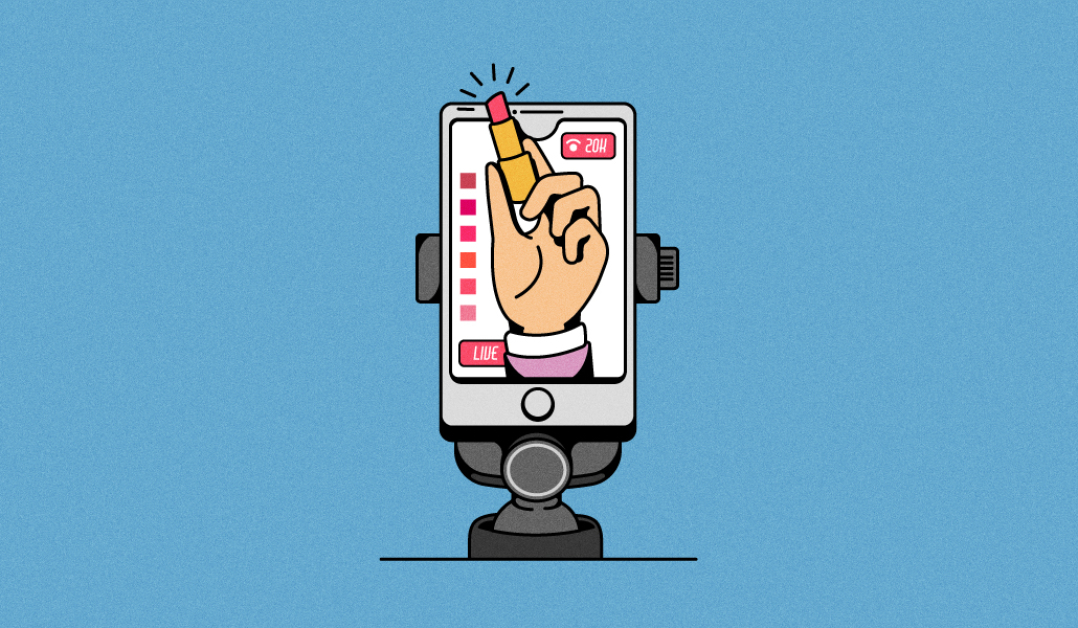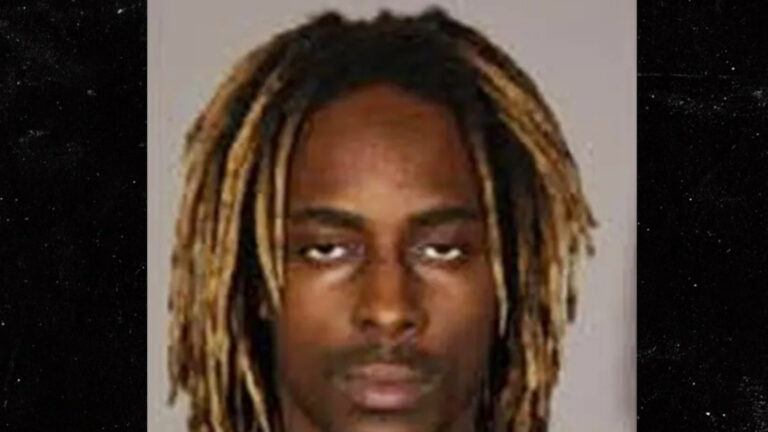Between the TikTok ban and the tariffs eating into marketing budgets, the first half of the year was full of growing pains in the creator economy. As the second half of 2025 shifts into focus, trends in how brands spend and creators monetize are coming into full view.
Amid the so-called cultural wars, marketers are pulling back on diversity, equity and inclusivity-driven campaigns, disproportionately impacting multicultural creators. Meanwhile, lifestyle and mid-sized influencers are feeling the squeeze as brands prioritize micro and niche content creators. Simultaneously, the creator lifespan has increasingly been a talking point on the heels of the TikTok ban, forcing creators to think about building businesses off-platform.
The creator economy is taking in more ad spend than ever — as U.S. brands are expected to shell out $13.7 billion on influencer marketing by 2027, according to eMarketer. But as it continues to mature, the emphasis is less on virality and more on strategy for survival.
DEI pullback ripple effects in the creator economy
Over the past year, the backlash to diversity, equity and inclusion has reached a fever pitch and brands have been quietly pulling out of Black History Month, Pride and other heritage month activations.
While creators of color say they’ve been overlooked for brand deals for a while as the Black Lives Matter movement of 2020 has fallen out of the cultural zeitgeist, they feel the topic has taken even more of a backset after the Trump administration’s DEI dismantling earlier this year.
“This is how politics plays into our daily lives. You can’t separate them—especially myself as a Black, queer individual,” said actor, creator and comedian Kalen Allen. Allen, who served as a guest host on The Ellen Show, said creators from historically marginalized communities have historically had to work “twice as hard” as their counterparts. Now more than ever.
Allen isn’t alone. Steven Sharpe Jr., a Black creative director and content strategist, said he has seen a shift in how brands choose to divvy up their marketing dollars. “A lot of those brands have shifted their marketing to include less people of color, less black creators,” he said. Sharpe said there’s been a slowdown in brand deals that cross his desk, pointing to the DEI pullback, uncertainty around the TikTok ban and tightening marketing budgets.
In the first half of 2025, the lifestyle and wellness creator had approximately eight or nine brand partnerships, a decrease from the estimated 15 to 20 he had during the same period last year. As the second half of this year gets underway, he’s lined up two contracts when there’d normally be four to five, he said.
Rise of micro and niche influencers
Influencer spend is increasingly going to micro and niche creators, who marketers have said drive better engagement, brand lift and sentiment. As brands prioritize micro and niche creators, mid-tier and lifestyle creators say they’re feeling the squeeze and struggling to scoop up their fair share of brand spend. But in the do-more-with-less era, marketers are becoming more selective about which influencers they work with, looking less for reach and more for a clear return on investment.
“These creators bring a level of authenticity and trust that’s hard to replicate at the macro level, where audiences are often oversaturated and less responsive,” said Gregory Curtis Jr., director of influencer strategy at Empower Media.
It’s part of a growing trend as brands look for more control in striking deals with influencers and creators, said Danielle Wiley, founder of influencer marketing shop Sway Group. Wiley told Digiday that clients have asked for everything from young, male bodybuilders who talk to the camera during their content creation process in the gym to contractors who specialize in HVAC.
“It keeps getting more and more specific — the asks of who the influencers are,” she said.
Between changes to marketing budgets, mysterious algorithms and the TikTok ban, monetization beyond the social platforms has become a bigger selling point for creators — and opportunity for marketers. Creators like Allen and Joshua Williford, a full-time creator who goes by The Rapping Chef, have started exploring business streams like product launches and on-air hosting.
As of late, Williford’s platform playouts have been slashed. In the past, Williford would pull in anywhere up to $4,000 in a month on TikTok, he said. This month on TikTok, he made $13.
“These videos and these brand deals, it’s not going to last forever,” said Williford.
Call it the Mr. Beast route. The influencer launched a snack brand, Feastables, and a television show called “Beast Games” on Amazon Prime Video, marking a path to success beyond social media for creators—and an investment opportunity for marketers. Creators’ presence in Hollywood is growing with YouTubers like Mr. Beast and Michelle Khare at the helm, offering marketers yet another ad opportunity on a greater scale.
Allen too has shifted his way of thinking about monetization, opting to strike brand deals to fund aspirations for owned projects. Back in May, Allen graduated from New York University with a Master’s in Journalism in hopes to launch his own talk show, he said.
“If you want to survive in this industry, you have to always be thinking long term. You have to always be thinking five and 10 years ahead,” Allen said.
https://digiday.com/?p=583675





